Natural Resources
Renewable or non renewable
Natural resources can be divided into two categories renewable and non renewable. Resources in the non renewable category are menireal resources such as iron, copper, lead, uranium and aluminium and fossil fiels such as oil, coal and natural gas. While we may have an ample suplly of hese non renewable resources for many years to come, they are a finite resources. A non renewable resource is one which, once the available supply has been used cannot be replenished. Conversely renewable resources are those which with proper management and care can be utilized indefinitely.
Forest, wildlife, water and soil are renewable natural resources. However all renewable natural resources are vulnerable to abuse. For example once a wildlife species’ habitat becomes fragmented (that is broken up into small isolated pockets) and its numbers drop below a certain number, it is almost certainly doomed to extinction. An example of this would be the passenger pigeon mentionen. Unfortunately dozens of other species have already gone the way of the passenger pigeon. However, wildlife is a renewable natural resources. With proper management of wildlife and wildlife habitat, we can enjoy an abundance of wildlife for generations to come. Forest resources or timber are also renewable resources. If we manage our forest in such a way as to plant as many or more acres than we harvest, then we will continue to have a bountiful timber harvest.
Over 90 countries now participate in the Convention on International Trade on endangered species of wildlife fauna and flora _CITES. This is an international treaty designed to prevent the exploitation of rare wildlife from commercial trade.
In America…
Some of the habitat management practices that directly benefit wildlife include
a. Food plot and planting known to be used by wildlife. This is benefiacial for most wildlife
b. Half cutting brush or building brush piles This benefits species such as rabbit which will use structures for shelter.
c. Artificial nesting structures. This benefits species such as wood ducks and geese.
d. Controlled burns. This promotes the growth of new grasses and forbs used by such species as white tailed deer
e. Timber cutting, if dones as smaller clear cuts or selective cutting. This opens up the forest floor, allowing grasses, scrubs and other species as turkeys, elk and white tailed deer
f. Grazing by livestock. If done in moderation it cuts back or slows plant growth, allowing growth of browse plant and easier travel for ground dwelling wildlife such as bobwhite quil
g. Providing water sources
h. Mechanical alteration (meminda) of habitat. This promotes weed growth that attract insect.
i. Farming .provides food and cover. Beneficial to many ground dwelling species such as field mice, pheasant and meadowlarks (sejenis burung di padang rumput…)
IUCN _The world conservation Union_International union on conservation of natural Resources
EX_ extinct_no reasonable doubt that the last individual has died
EW_Extinct in the wild_known only to survive in cultivation, in captive or as a naturalized population
CR_critically endangered_facing a high risk of extinction in the wild
VU_ vulnerable_facing a high risk of extinction in the wild
NT_near Threatened_likely to qualify for a threated category in the near future
LC_ Least concern_does not quality for critically endangered, endangered, vulnerable or near threatened
Rizab di lachang Temerloh dikelaskan selaku kelas pertama IUCN
11 Taman Negara di England and Wales adalah dikelaskan dalam kelas 4 IUCN
أَلَمْ تَرَ أَنَّ اللَّهَ يُسَبِّحُ لَهُ مَنْ فِي السَّمَاوَاتِ وَالأرْضِ وَالطَّيْرُ صَافَّاتٍ كُلٌّ قَدْ عَلِمَ صَلاتَهُ وَتَسْبِيحَهُ وَاللَّهُ عَلِيمٌ بِمَا يَفْعَلُونَ Tidakkah kamu tahu bahwasanya Allah: kepada-Nya bertasbih apa yang di langit dan di bumi dan (juga) burung dengan mengembangkan sayapnya. Masing-masing telah mengetahui (cara) solat dan tasbihnya, dan Allah Amat Mengetahui apa yang mereka kerjakan. an-Nur:41
Tazkirah
Sami Yusuf_try not to cry
mu'allim Muhammad Rasulullah Sallallahu alaihi waSalam
ummi_mak_mother_ibu_Sami Yusuf
zikir Tok Guru Nik Abdul Aziz Nik Mat Mu'allimul Mursyidi
syeikh masyari afasi
ruang rindu
song
Arisu Rozah
Usia 40

Mudah mudahan diluaskan rezeki anugerah Allah
usia 40 tahun

UPM
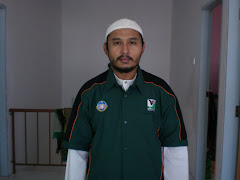
Kuatan Pahe Darul Makmur
pemakaian serban semsa menunaikan solat_InsyaAllah ada sawaaban anugerah Allah
Rempuh halangan

Abah_menyokong kuat oengajian Ijazah UPM

usia 39 tahun

usia 23 tahun_UPM
An_Namiru

Ijazah Pengurusan Hutan UPM

General Lumber_Nik Mahmud Nik Hasan

Chengal

Tauliah

Semasa tugas dgn general lumber

PALAPES UPM

UPM

Rumah yang lawa

Muhammad_Abdullah CD
semasa bermukim di Kuatan Pahe Darul Makmur
Ijazah

air terjun

Borneo land

GREEN PEACE
GREEN PEACE
Kelang

Ahlul Bayti_ Sayid Alawi Al Maliki

Asadu_ Tenang serta Berani

atTiflatul Falasthiniin

Sayid Muhammad Ahlul Bayt keturunan Rasulullah

AnNamiru_SAFARI_Kembara

AnNamiru_resting

Hamas

sabaha anNamiru fil nahri

Namir sedang membersih

Tok Guru Mualimul_Mursyid

An_Namiru
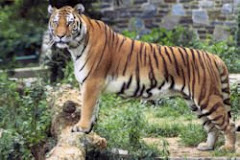.jpg)
Namir_istirehat
.jpg)
SaaRa AnNamiru fil_Midan
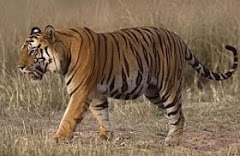.jpg)
Renungan Sang Harimau_Sabaha AnNamiru
.jpg)
Syaraba AnNamiru Ma_A
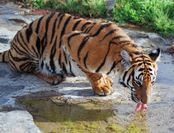.jpg)
AnNamiru_Riadhah
.jpg)
AnNamiru_Riadhah
.jpg)
AnNimru ma_A waladuha
Namir fil_Ghabi (sebut Robi...
Namir

AdDubbu_Beruang di hutan

Amu Syahidan Wa La Tuba lil_A'duwwi

AsSyahid

Namir

Tangkas
najwa dan irah

sungai

najwa

najwa

Kaabatul musyarrafah

unta

Jabal Rahmah

masjid nabawi

masjid quba

dr.eg

najwa dan hadhirah

along[macho]
![along[macho]](https://blogger.googleusercontent.com/img/b/R29vZ2xl/AVvXsEjuMi7D33CmR0_KXrCW2XigfLcUuQurcvtqOS139ncCwEzCyB-jUopk7QK7anADIenJEm2S0N6gAY1ubnACYXewgiAsI3rBjnLTawM39alLL-rEopOoVqn0w5WpLhPJH3hrXNtchEhgtyaI/s240/P7150023.JPG)
harissa dan hadhirah

adik beradik
Tongkat Ali

Tongkat Ali
herba kacip Fatimah
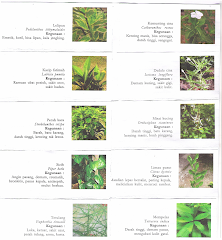
herba Kacip Fatimah
hempedu beruang

hempedu beruang
hempedu bumi

hempedu bumi
herba misai kucing

herba misai kucing
herba tongkat Ali
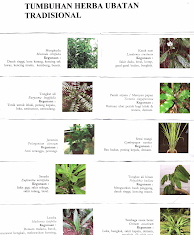.png)
Tongkat Ali
Ulama'

Ulama'
kapal terbang milik kerajaan negara ini yang dipakai pemimpin negara

kapal terbang
Adakah Insan ini Syahid

Syahid
Tok Ayah Haji Ismail

Saifuddin bersama Zakaria

Dinner....
Sukacita Kedatangan Tetamu
Pengikut
Kalimah Yang Baik

Ubi Jaga
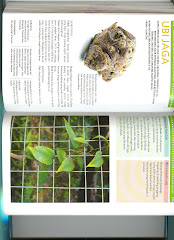
Ubi Jaga
Arkib Blog
Burung Lang Rajawali

Chinese Sparrowhawk
Kelicap Mayang Kelapa

Brown-Throated Sunbird
Kopiah

Pokok Damar Minyak

Kacip Fatimah
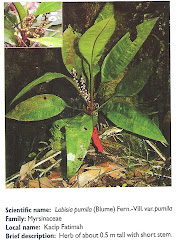
Mengkudu Akar




